Step 1: Install latest version of Laravel, using below command:
composer create-project --prefer-dist laravel/laravel facebookLogin
Step 2: Install Socialite
composer require laravel/socialite
Step 3: Create Facebook app
You have to go https://developers.facebook.com and create app for facebook login client id and secret key. Once you create account make sure you copy client id and secret key.
Now you have to set app id, secret and call back url in config file in your laravel code:
config/services.php
return [
....
'facebook' => [
'client_id' => 'app id',
'client_secret' => 'add secret',
'redirect' => 'http://localhost:8000/auth/facebook/callback',
],
]
There can be multiple configs added in the services file like facebook, github, twitter etc.
Step 4: Add Database Column
php artisan make:migration add_facebookId_column_users_table
<?php
use Illuminate\Support\Facades\Schema;
use Illuminate\Database\Schema\Blueprint;
use Illuminate\Database\Migrations\Migration;
class AddFacebookIdColumn extends Migration
{
/**
* Run the migrations.
*
* @return void
*/
public function up() {
Schema::table('users', function ($table) {
$table->string('facebook_id')->nullable();
});
}
/**
* Reverse the migrations.
*
* @return void
*/
public function down() {
// rollback code
}
}
Step 5: Update User Model:
namespace App\Models;
use Illuminate\Database\Eloquent\Factories\HasFactory;
use Illuminate\Foundation\Auth\User as Authenticatable;
use Illuminate\Notifications\Notifiable;
use Laravel\Fortify\TwoFactorAuthenticatable;
use Laravel\Sanctum\HasApiTokens;
class User extends Authenticatable {
use HasApiTokens;
use HasFactory;
use HasProfilePhoto;
use Notifiable;
use TwoFactorAuthenticatable;
/**
* The attributes that are mass assignable.
*
* @var array
*/
protected $fillable = [
'name',
'email',
'password',
'facebook_id'
];
/**
* The attributes that should be hidden for arrays.
*
* @var array
*/
protected $hidden = [
'password',
'remember_token',
'two_factor_recovery_codes',
'two_factor_secret',
];
/**
* The attributes that should be cast to native types.
*
* @var array
*/
protected $casts = [
'email_verified_at' => 'datetime',
];
/**
* The accessors to append to the model's array form.
*
* @var array
*/
protected $appends = [
'profile_photo_url',
];
}
Step 6: Setup Routes in app/Http/routes.php
use Illuminate\Support\Facades\Route;
use App\Http\Controllers\FacebookController;
Route::get('auth/facebook', [FacebookController::class, 'redirectToFacebook']);
Route::get('auth/facebook/callback', [FacebookController::class, 'handleFacebookCallback']);
Step 7: Add Facebook Controller app/Http/Controllers/FacebookController.php
<?php
namespace App\Http\Controllers;
use Illuminate\Http\Request;
use Laravel\Socialite\Facades\Socialite;
use Exception;
use App\Models\User;
use Illuminate\Support\Facades\Auth;
class FacebookController extends Controller {
/**
* Create a new controller instance.
*
* @return void
*/
public function redirectToFacebook() {
return Socialite::driver('facebook')->redirect();
}
/**
* Create a new controller instance.
*
* @return void
*/
public function handleFacebookCallback() {
try {
$user = Socialite::driver('facebook')->user();
$finduser = User::where('facebook_id', $user->id)->first();
if($finduser) {
Auth::login($finduser);
return redirect()->intended('dashboard');
} else{
$newUser = User::create([
'name' => $user->name,
'email' => $user->email,
'facebook_id'=> $user->id,
'password' => encrypt('123456dummy')
]);
Auth::login($newUser);
return redirect()->intended('dashboard');
}
} catch (Exception $e) {
dd($e->getMessage());
}
}
}


